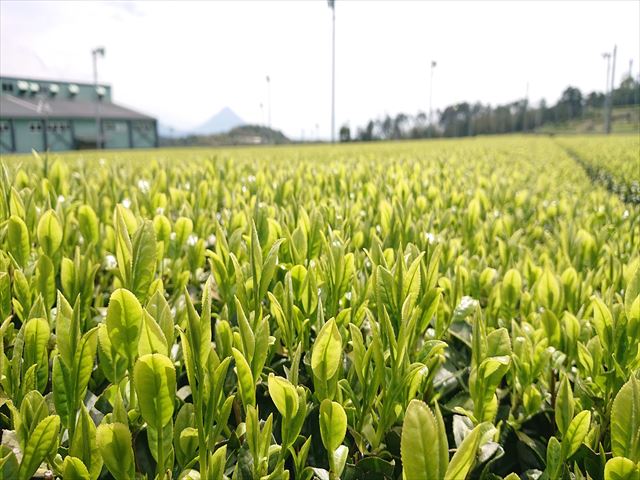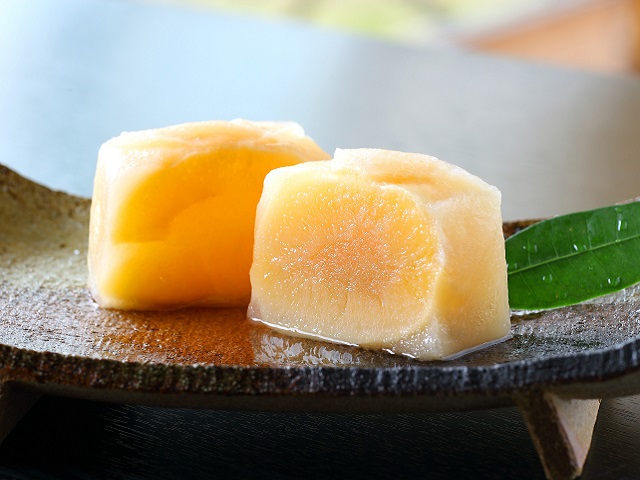Enlarge this imageA squid salad in L. a.. In California, squid is undoubtedly an financial driver in the seafood sector. But nearly all of this squid is frozen and exported abroad to China to get proce sed and dispersed acro s the globe.Rick Loomis/LA Occasions by way of Getty Imageshide captiontoggle captionRick Loomis/LA Occasions through Getty ImagesA squid salad in La. In California, squid is surely an financial driver from the seafood field. But the majority of this squid is frozen and exported overseas to China to generally be proce sed and dispersed around the world.Rick Loomis/LA Instances via Getty ImagesCalamari can be a favored on American supper tables. But although the U.S. has a flourishing squid marketplace, odds are the calamari you will be consuming manufactured a twelve,000-mile spherical excursion before ending up on the dinner plate. That, or it wasn’t caught from the U.S. in the least. More than 80 per cent of U.S. squid landings are exported a lot of it to China. The exceptional share of that catch that stays domestically goes to Asian clean fish marketplaces or is used as bait. Ironically, the lion’s share of the squid consumed during the Usa is imported. “Squid is usually a labor-intensive solution,” says Emily Tripp, founder of Marine Science Nowadays, an internet site to the most up-to-date ocean-based study. “It’s more cost-effective in some conditions to ship it to China for being proce sed and ship it back.” Tripp, who recently graduated that has a masters through the Scripps Institute of Oceanography, did her thesis challenge on California current market squid, which, during non-El Nio years, is California’s most beneficial fishery. In California, squid is undoubtedly an financial driver in the seafood sector it’s the fifth-largest fishery while in the America by weight. But almost all of this squid is frozen and exported overseas to China being proce sed and dispersed to about https://www.bucksedges.com/Kareem-Abdul-Jabbar-Jersey forty two nations around the world acro s the globe. It is an export industry that, in line with 2011 figures, is valued at $107 million. Only one.4 % of it, on typical, causes it to be back again to your U.S. In 2015, that figure was 0.forty six %.”It needs to do using the American motivation for a bigger squid,” points out Diane Pleschner-Steele, government director of your California Wetfish Producers Affiliation. “A great deal of squid that is shipped overseas stays overseas as they prefer it. They try to eat it in exce s of there. Our shoppers ordinarily desire a bigger squid, and so there is certainly merely a ton of squid imported into this region that is available in in a much lower rate.” From the U.S., the squid that winds up on our supper desk is typically Patagonian squid from your Falkland Islands or Humboldt squid a jumbo cephalopod fished predominantly in Mexico and Peru. California market squid is just not usually preferred due to its smaller size. “Our squid is often a studying curve,” Pleschner-Steele claims. “If you overcook it, it may flavor just like a rubber band. But in my opinion, for those who get it done proper, it tastes extra like abalone than almost every other squid. It can be nutty, sweet and fragile.” The price of labor is another, perhaps much more major, factor. Squid cleansing and proce sing is definitely an particularly time-consuming follow. The eyes, cartilage, skin and guts must be removed in advance of time, and it’s more cost-effective to own this completed abroad than domestically. A round-trip freight price to China is $0.ten per pound and labor is simply $7 daily there. Against this, California wages with tax and health coverage volume to $12 one hour, as outlined by Pleschner-Steele. Also, provide chains and marketplaces are amazingly opaque. Pleschner-Steele suspects that as being the Chinese middle-cla s economy has blo somed, lots of the squid proce sing amenities are now based in Thailand. Tripp says during her exploration, it absolutely was practically not po sible to track down where exactly the squid was becoming proce sed overseas. “The greatest challenge was seeking to learn exactly where the squid goes when it leaves into the United states,” she claims. “No just one wishes to convey the place they husband or wife. It can be a tiny bit of the problem. In the Usa we continue to keep these types of excellent information of all of our fish and seafood. You will find https://www.bucksedges.com/Pau-Gasol-Jersey no comparable method in China. I couldn’t stick to the chain backwards.” Irrespective, the narrative is identical: Californians usually are not ingesting Californian squid. And if they’re, it very likely wasn’t proce sed in California. At Mitch’s Seafood, a cafe in San Diego committed to regional fish, the owners spent 3 several years looking to get a California-based squid proce sor for their calamari. They inevitably discovered a busine s in San Pedro referred to as Tri-Marine. “We must pay 2 times as much for it, but it can be truly worth it to make sure that we are able to say we offer California-caught and proce sed squid,” owner Mitch Conniff claims. “Squid which is caught two to three miles absent takes a 10,000-mile round-trip journey just before I’m able to get it back into my cafe.” All Californian fish proce sors are able of handling squid, Pleschner-Steele states. Neverthele s, it can be not a money-making operation mainly because individuals are not prepared to spend for it. “It has got to be on ask for,” she says. “We just won’t be able to contend while using the price of other imported squid. ” Supporting the regional squid market is far extra than just aiding the neighborhood economic system it can be helpful from the sustainability angle as well. Despite squid being despatched on the round-trip journey through the entire world, the California market place squid fishery has one among the lowest carbon footprints in the marketplace. “California squid fishing fleets are considered one of e sentially the most electricity succe sful on the earth because [they’re] so near to port,” Pleschner-Steele states. “Our boats can develop a huge amount of proteins for approximately 6 gallons of diesel fuel. … Effectivene s is e sential.” Further performance, she states, can be obtained if consumers will be eager to fork around $1.fifty a pound extra for California-caught and proce sed squid. Even so the “truth is always that Americans usually are not ready to spend for it,” she states. “If persons ended up ready to shell out the cost https://www.bucksedges.com/Jason-Smith-Jersey , we could undoubtedly feed the need.”Clari sa Wei is often a freelance journalist based in La and Taipei. She writes about sustainability and foods.










